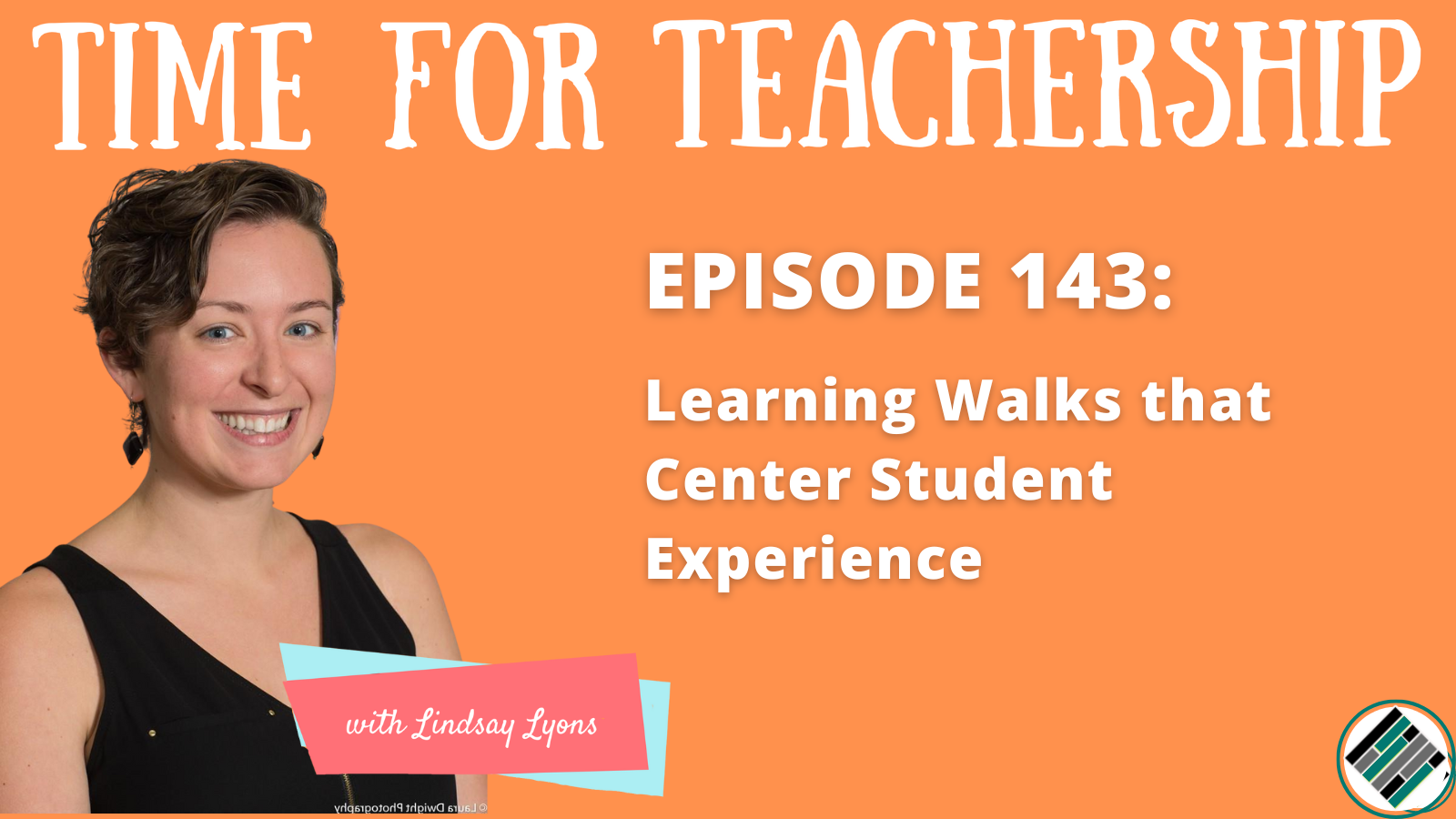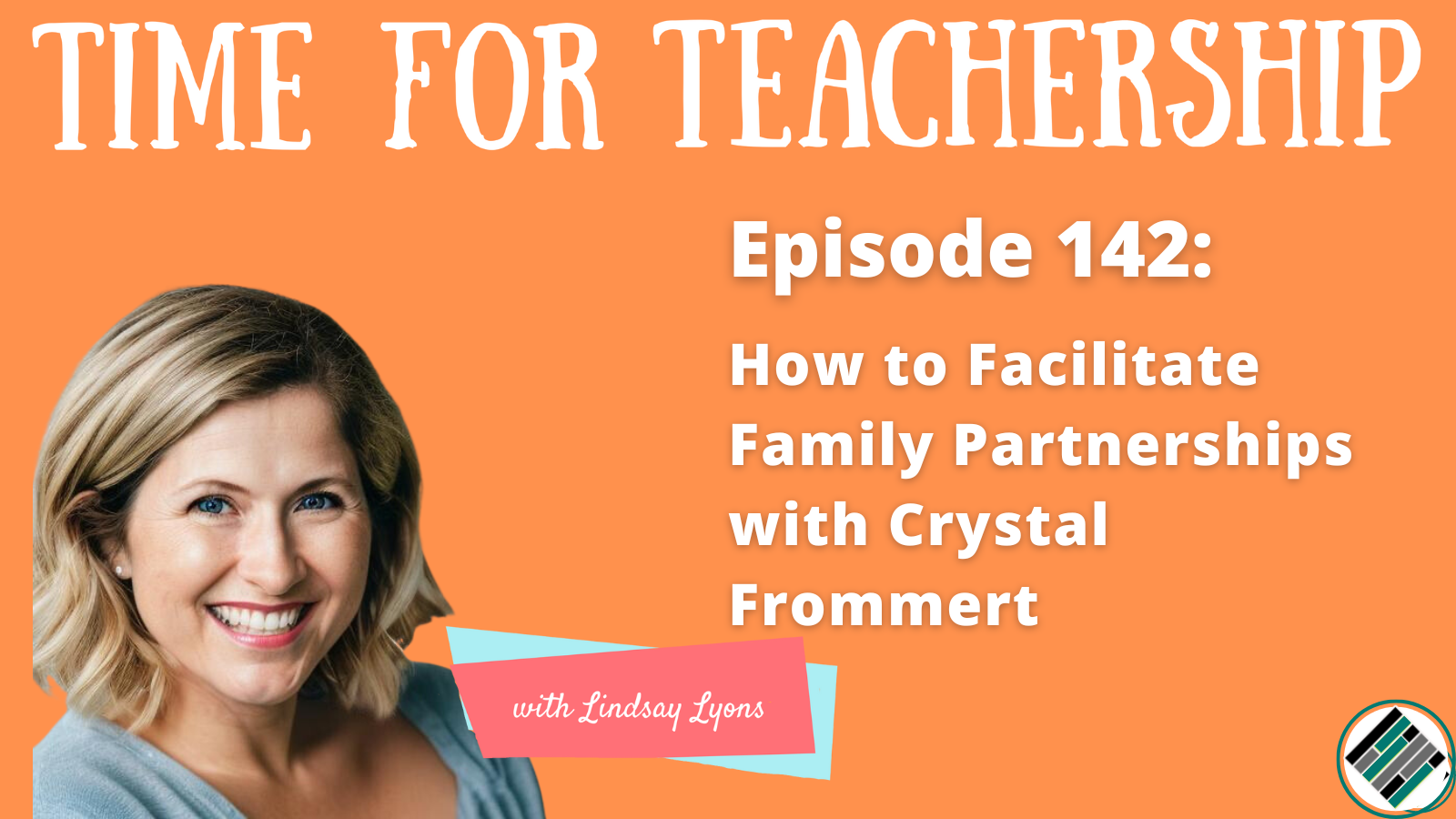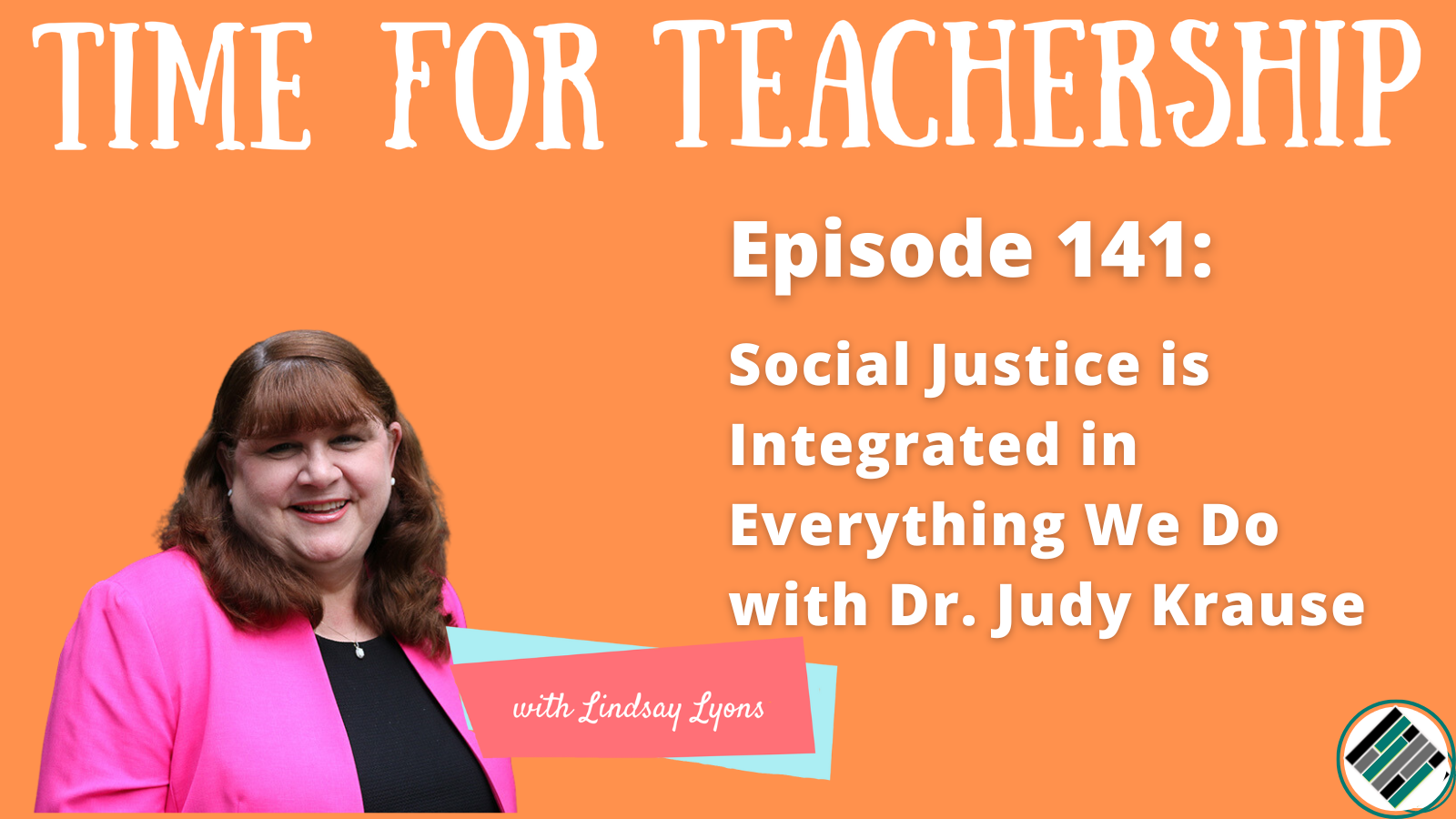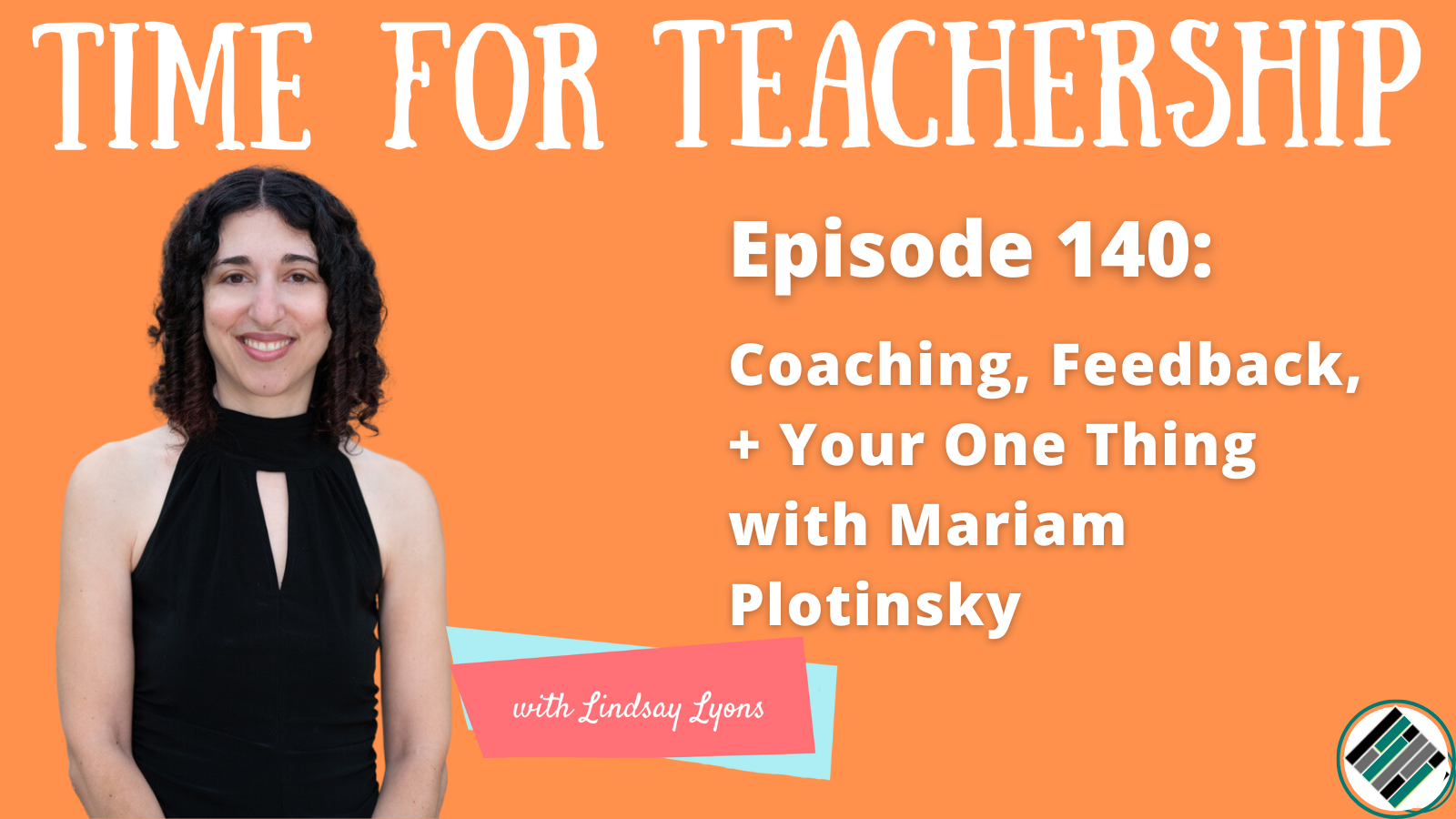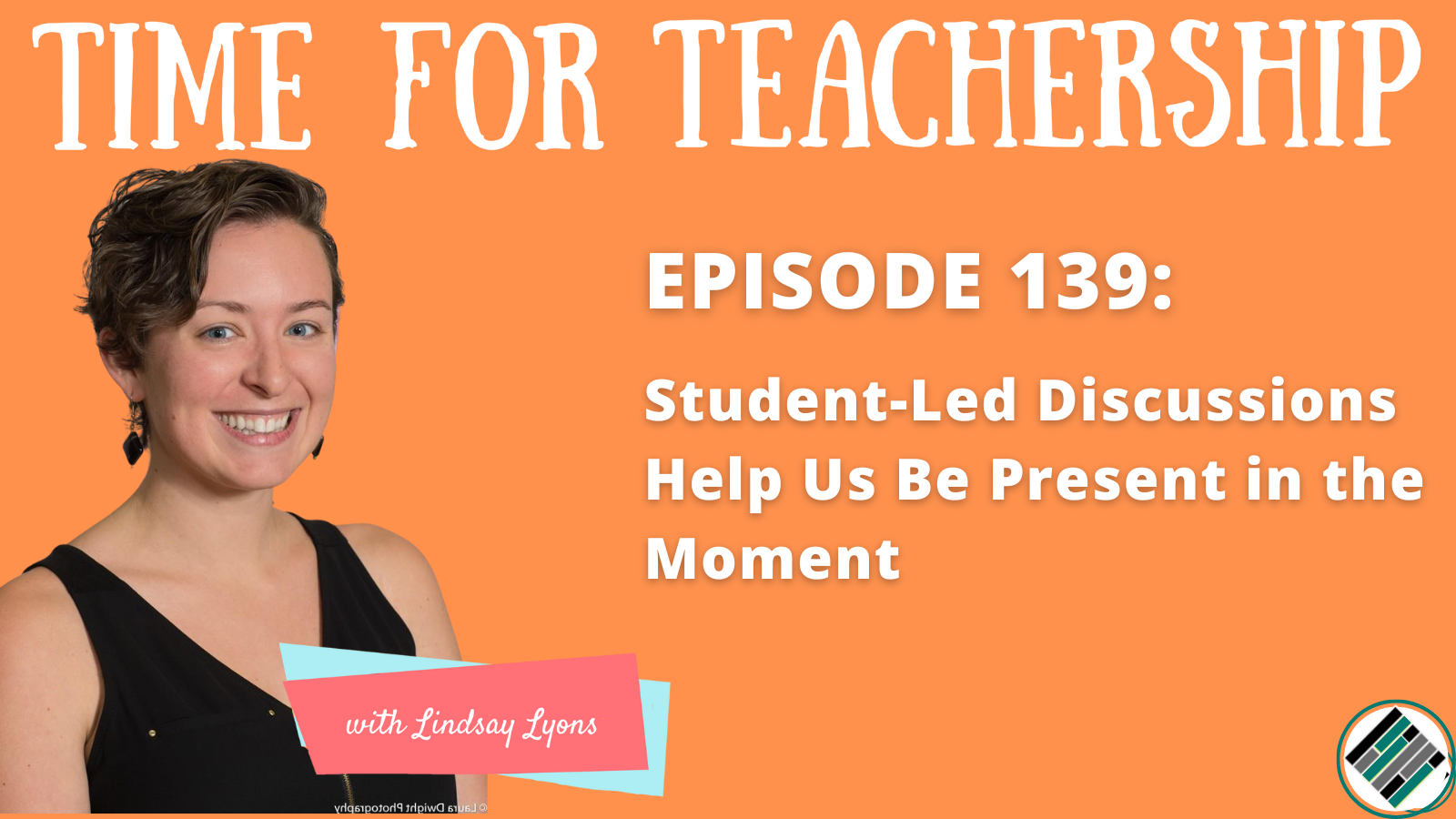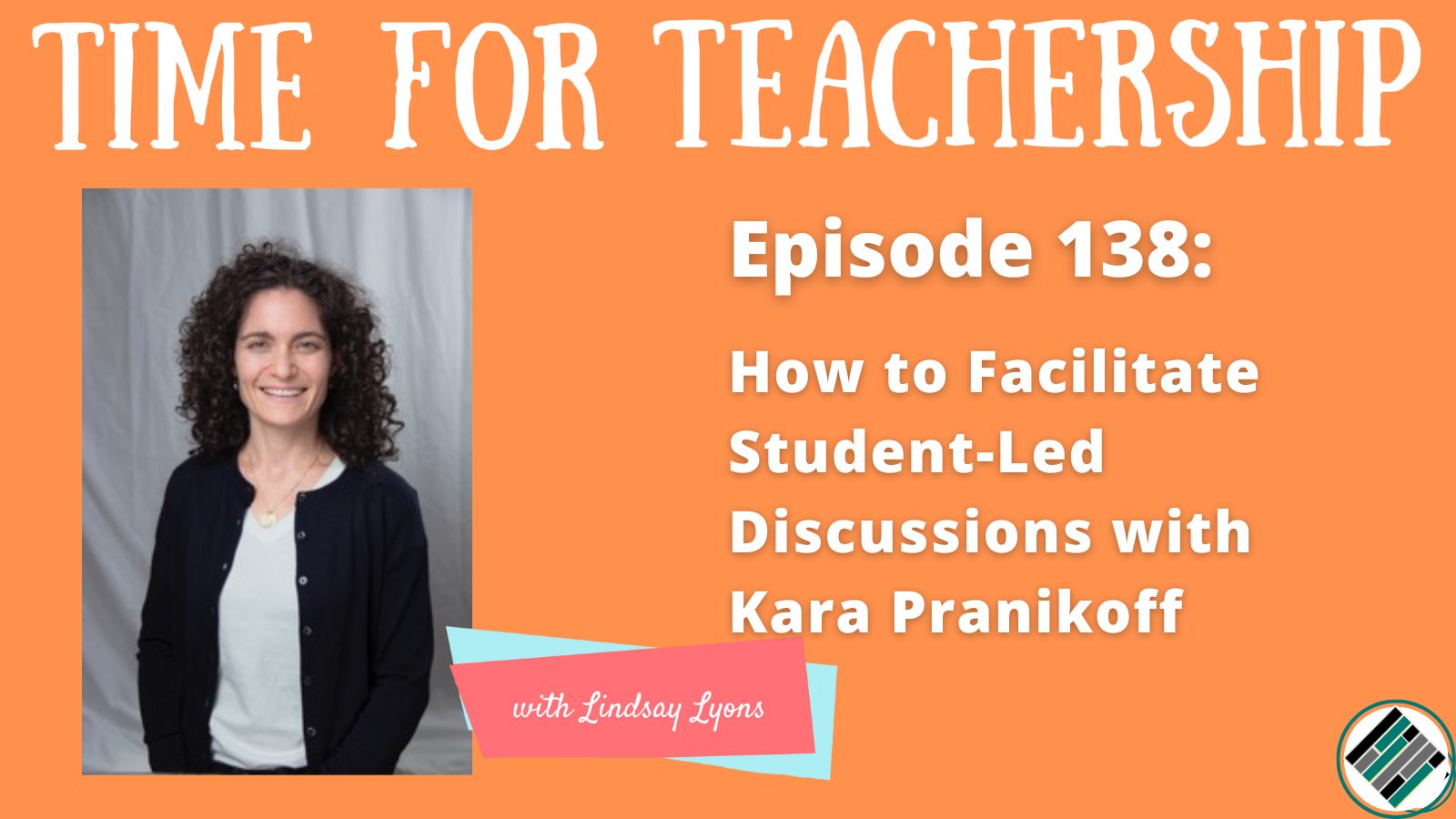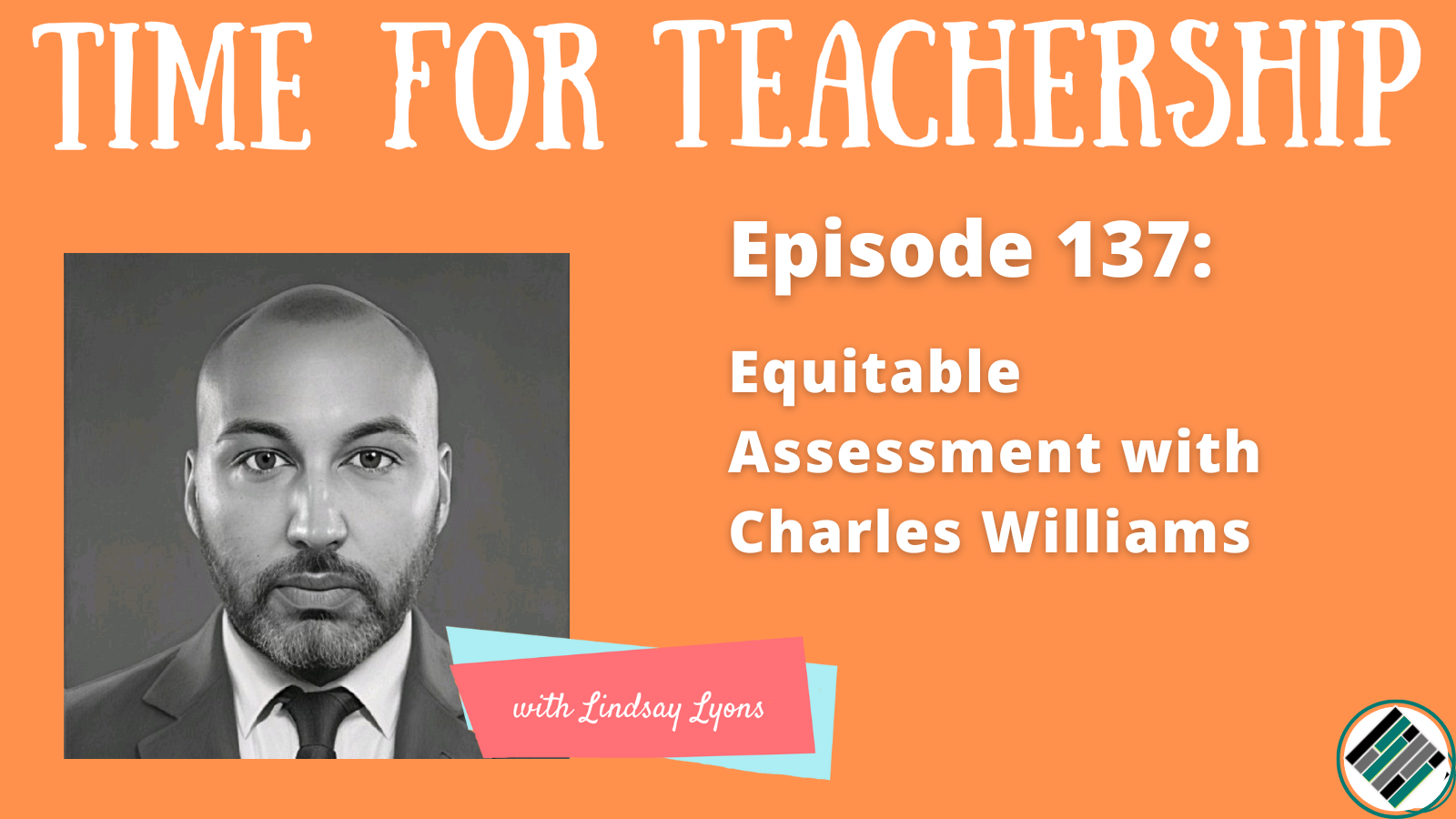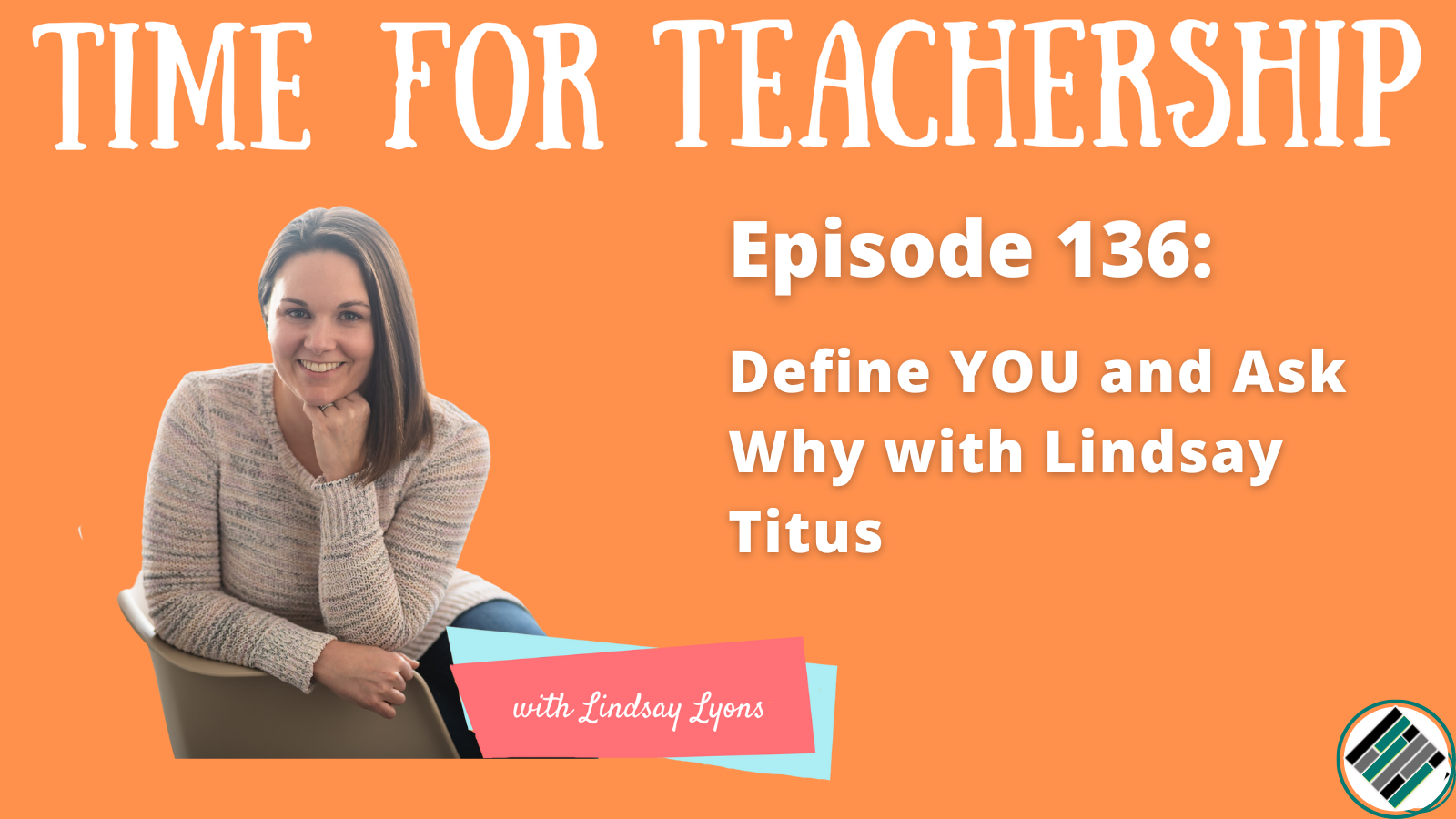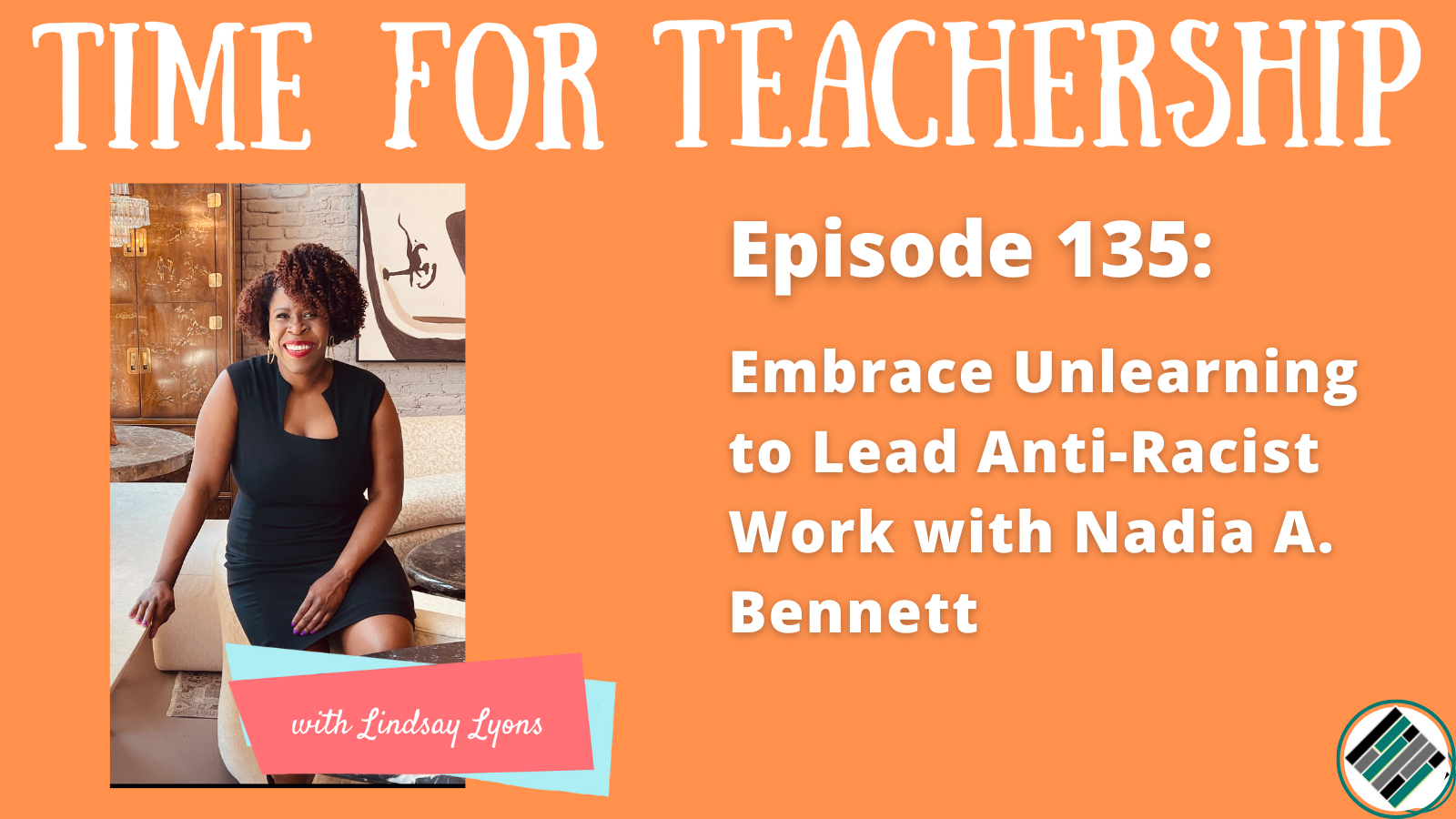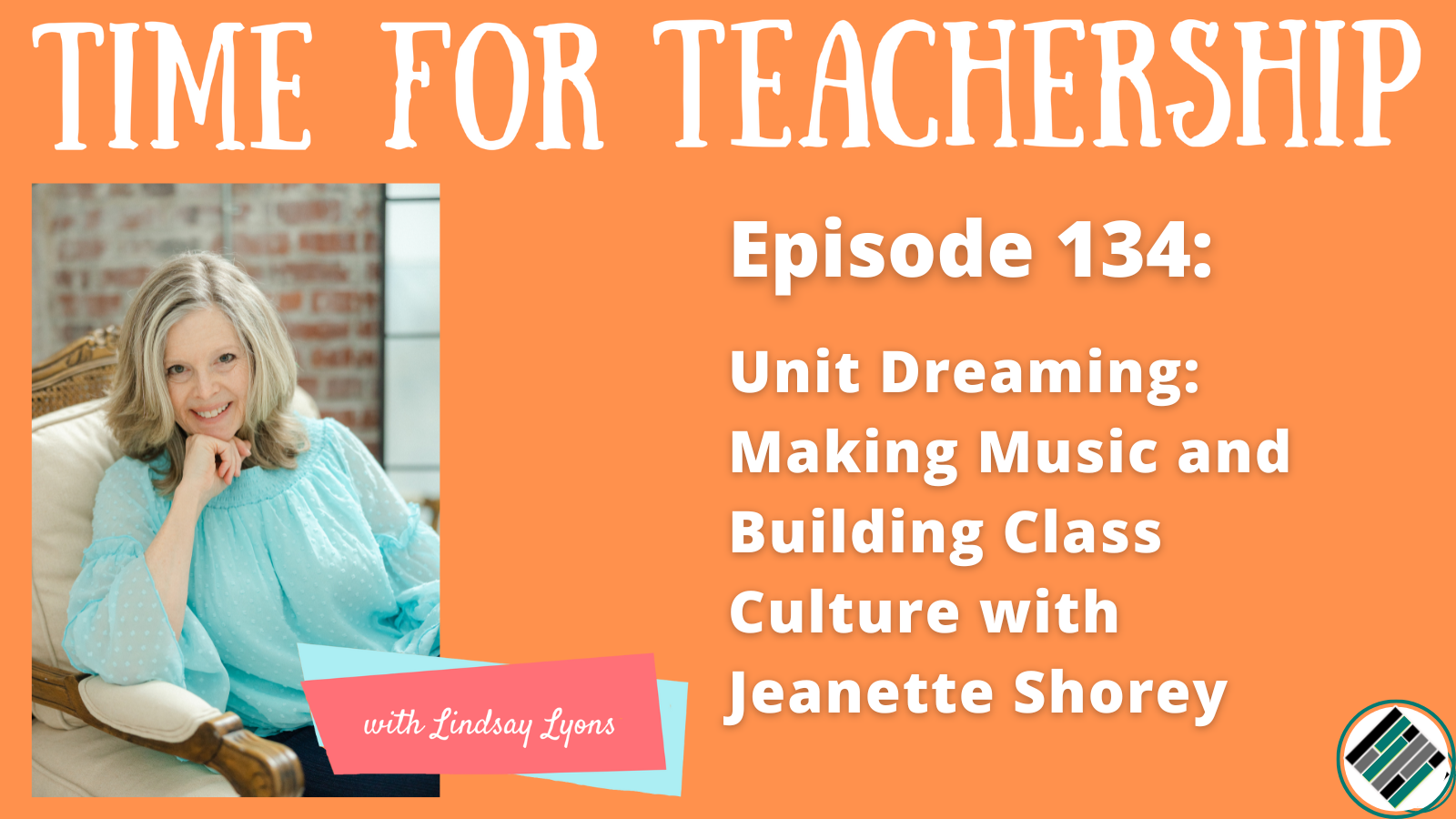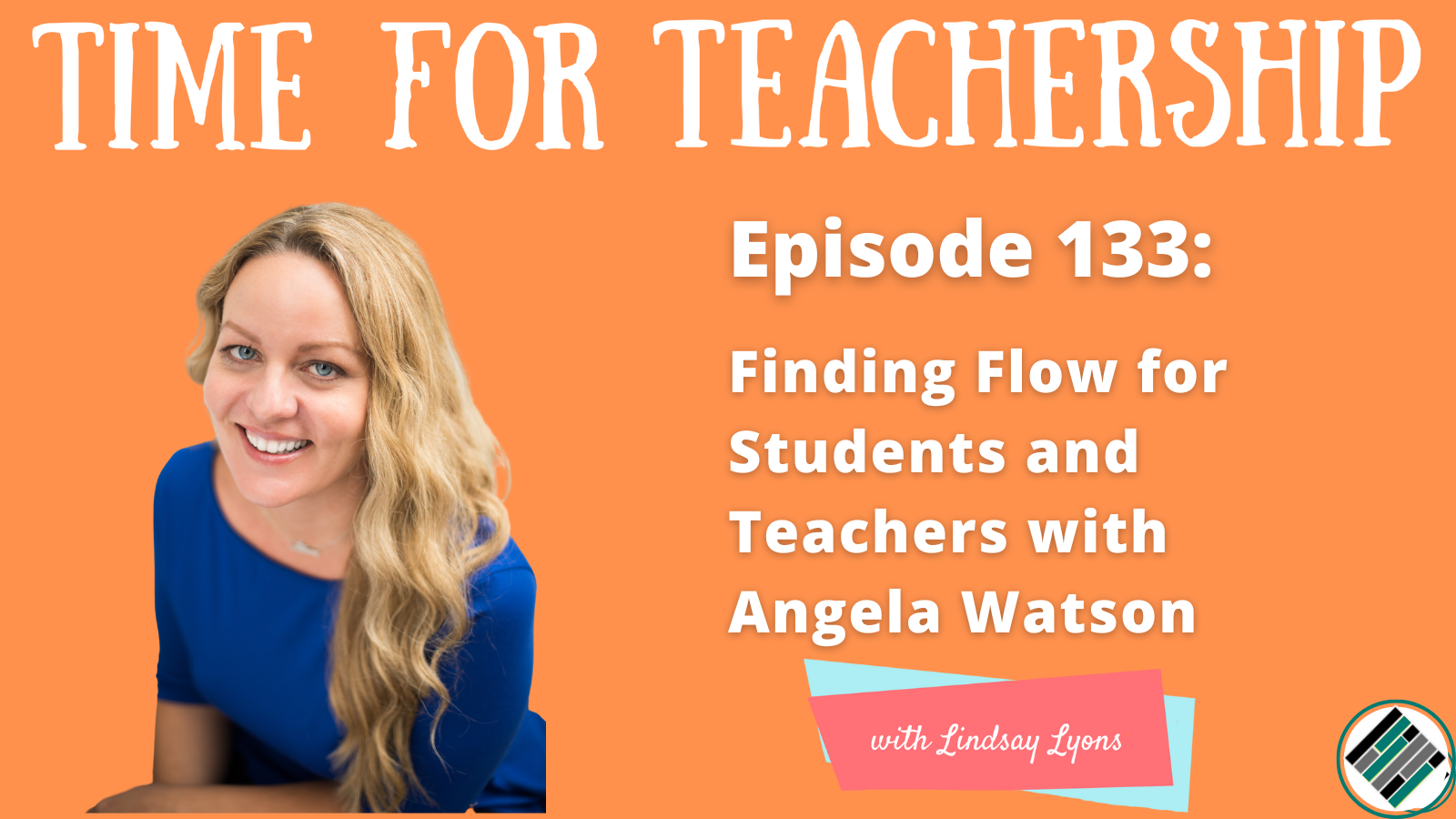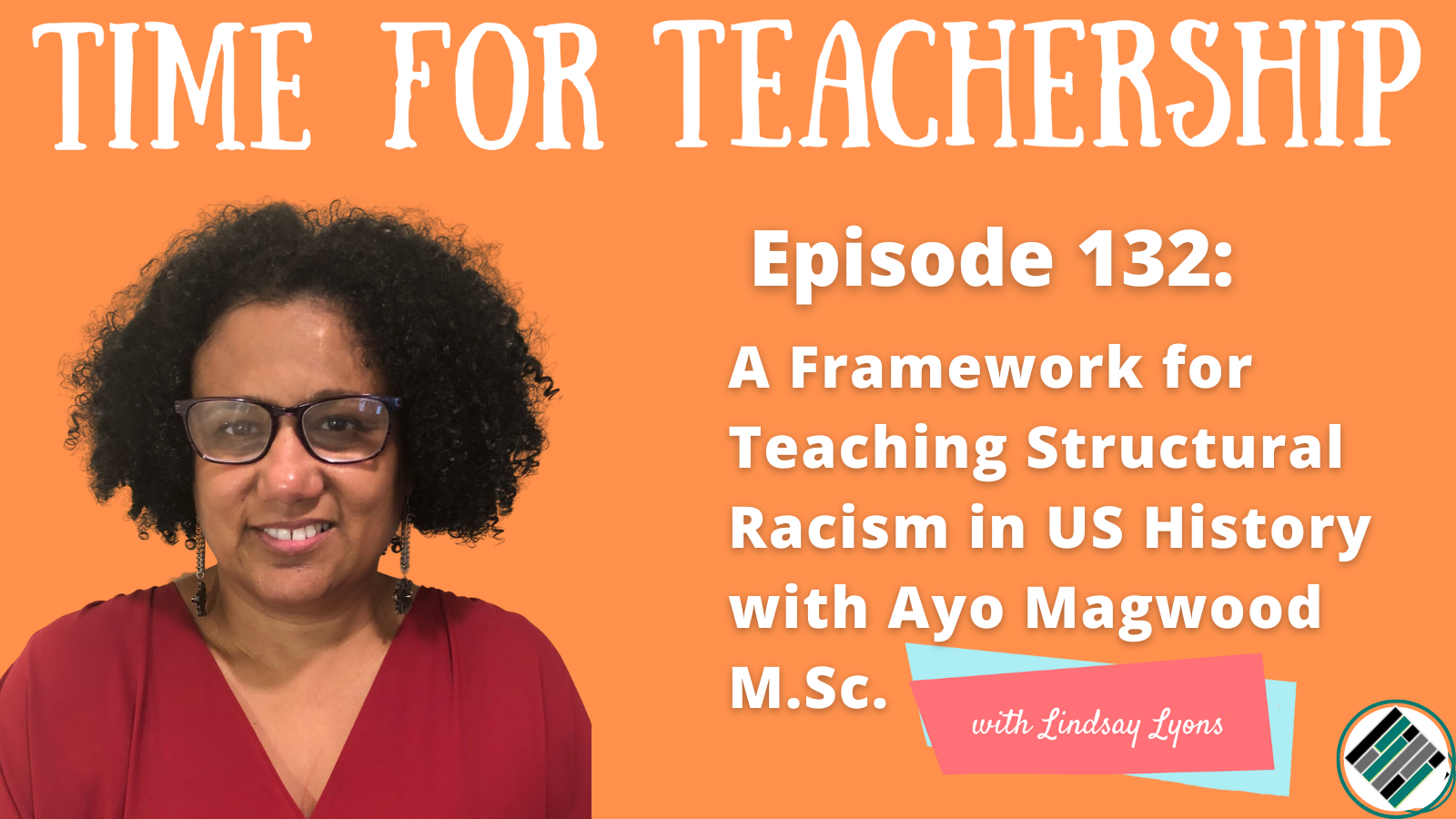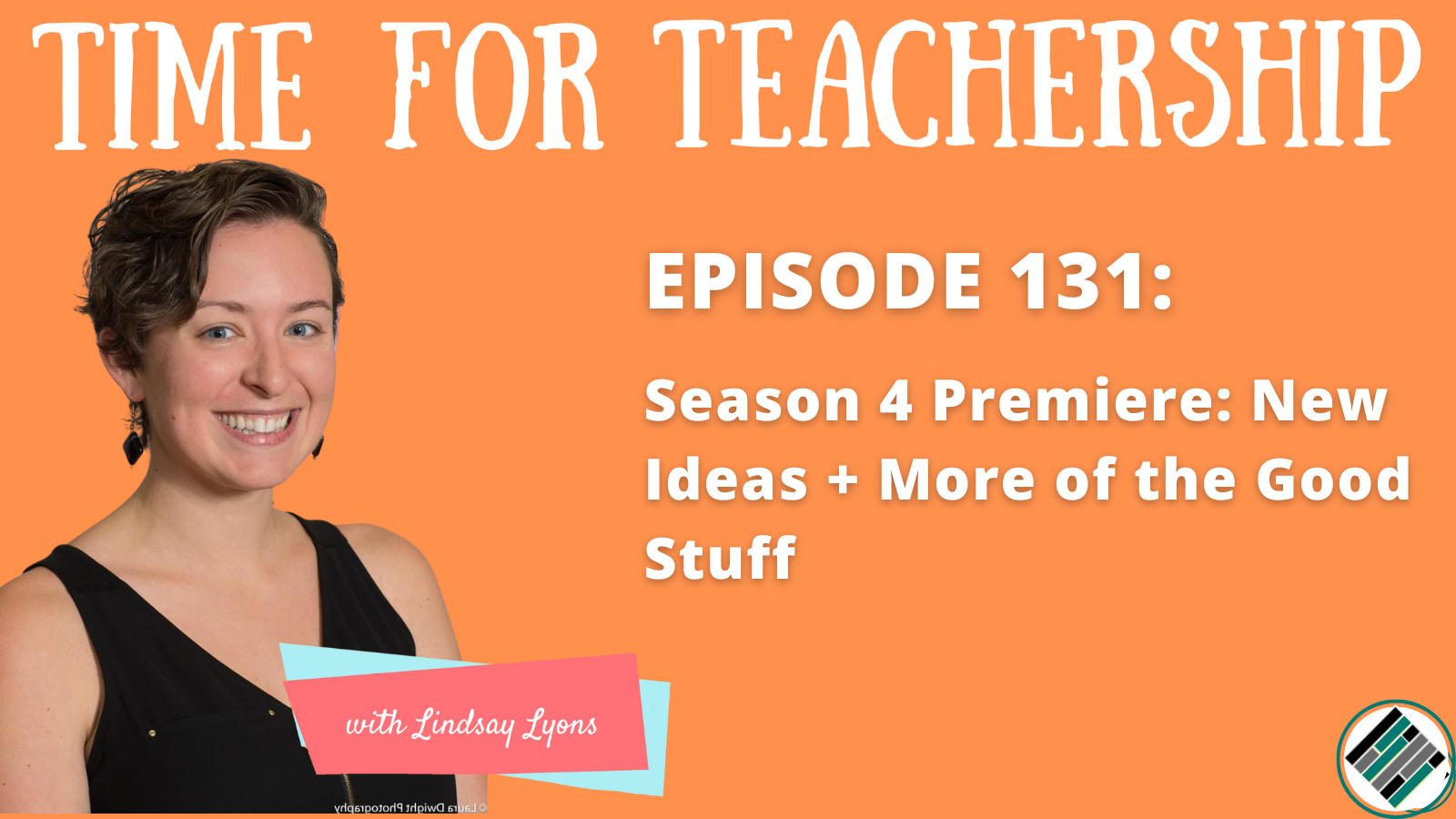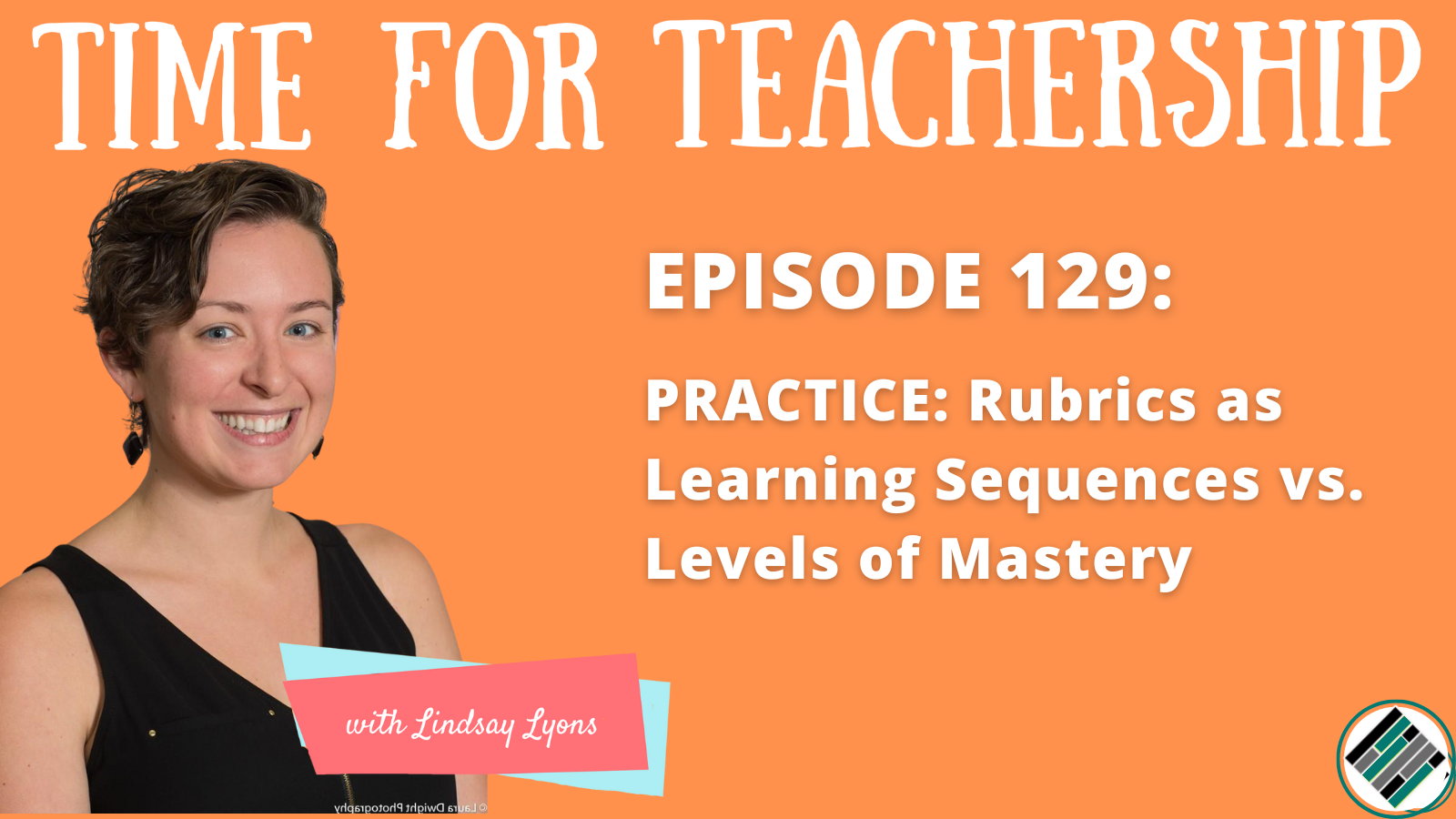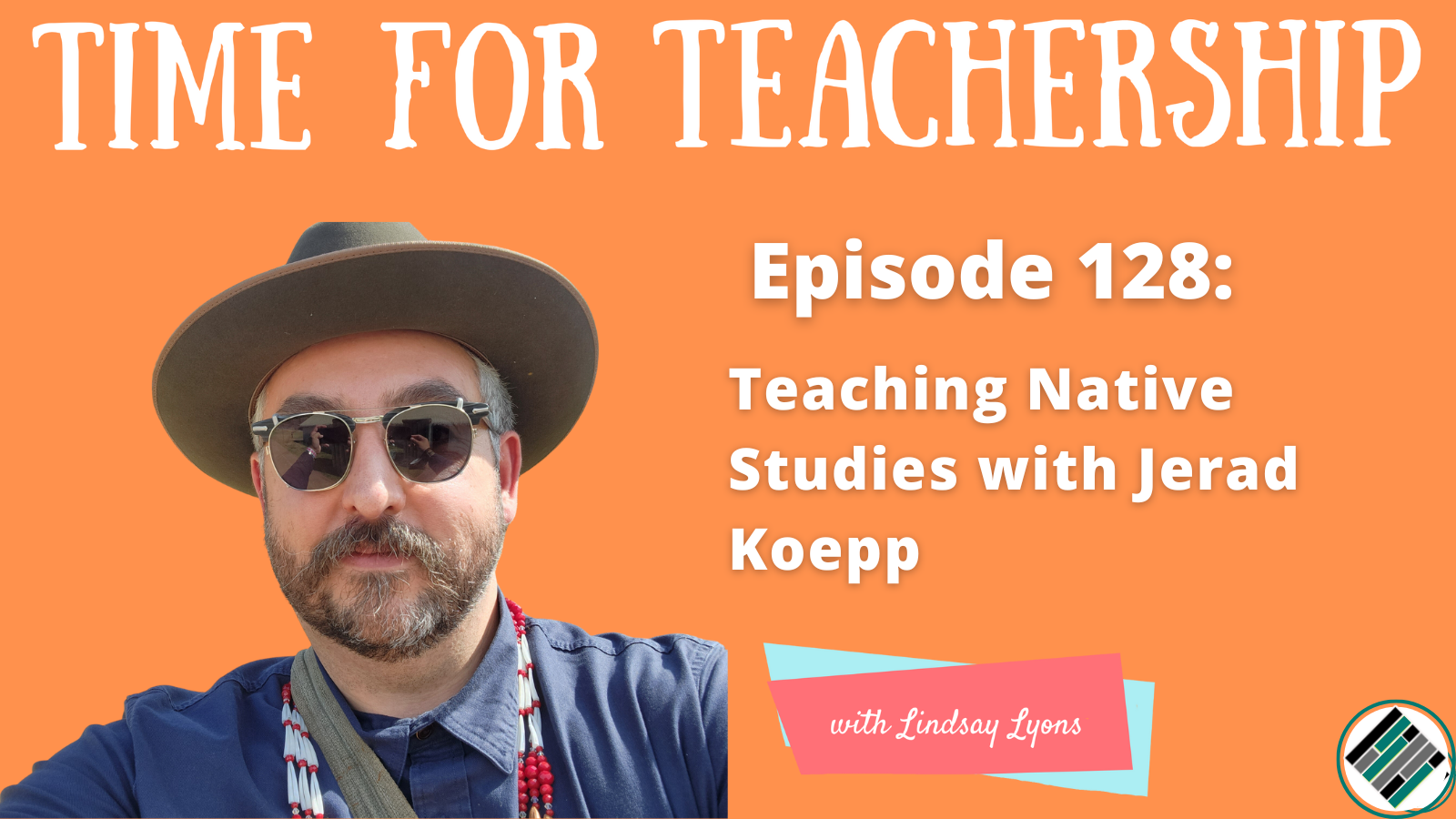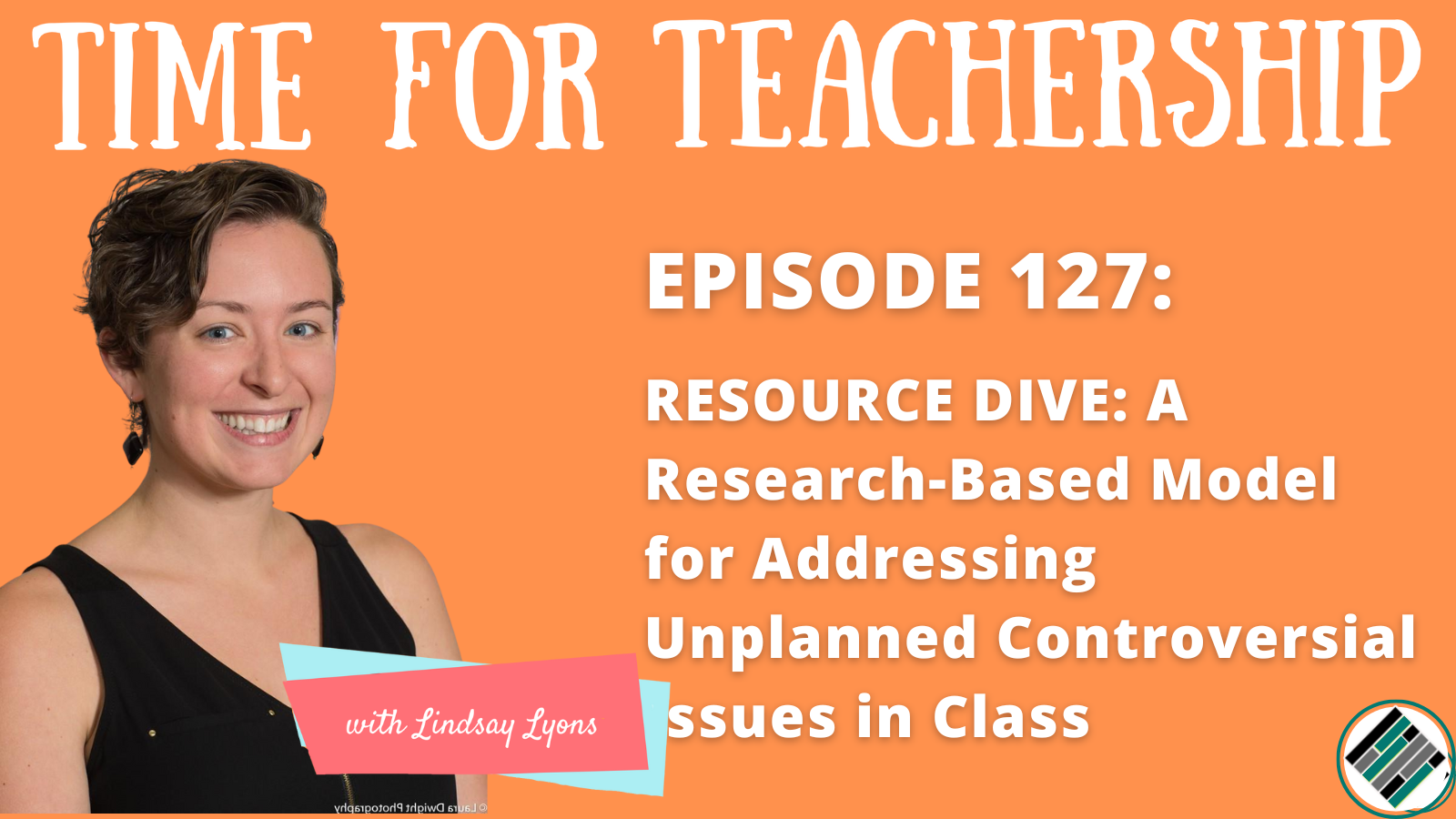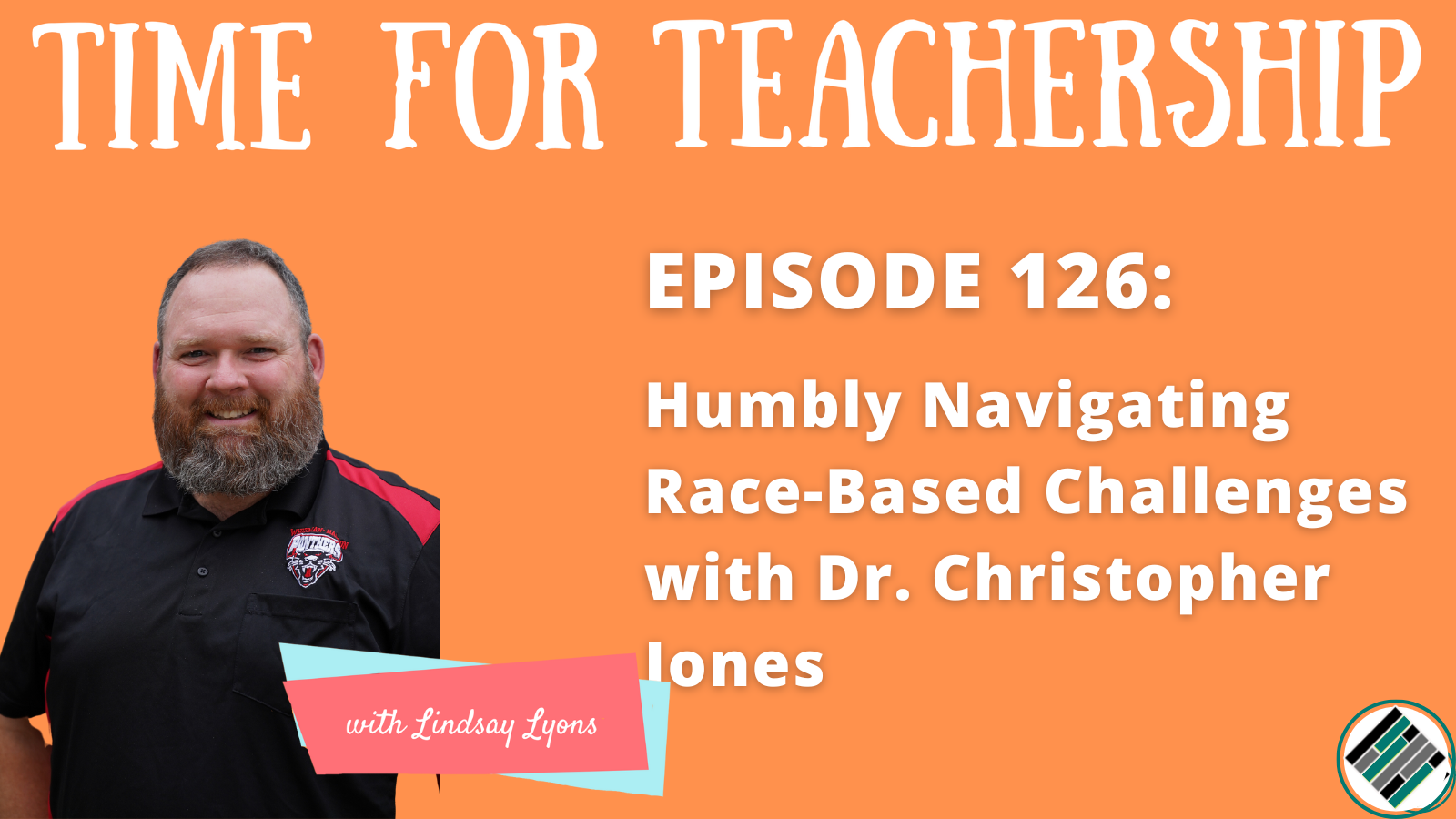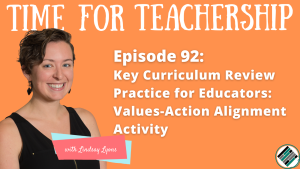
Each educator has their own personal values. And every class, school, or district has them too. Some of these values are deeply integrated into classroom curriculum while others are placeholders on the website.
No matter where you are on this spectrum, we can all agree that there needs to be alignment between values—what we say we care about—and what we actually do.
For this reason, educators can take some time to complete a values-action alignment activity to take stock of where they are and how they can improve. I covered this practice in-depth on episode 92 of the Time for Teachership podcast, so you can listen to it as well!
Step 1: Decide your values
The first step to align values with action is to actually know what your values are. Think through these questions:
- What are our stated values?
- How did we come to them?
- Do all stakeholders know about these values?
If you’re unsure of what values are currently present in your class or school, take time to co-create values with other stakeholders. It’s important that everyone has a part in deciding what’s important and knows how the values show up in the educational setting.
Step 2: Values-action curriculum alignment
Once you have identified the values that are important in your setting, it’s time to align them directly with curriculum content and activities. Take an inventory of everything that’s going on in your setting—activities, curriculum, projects, etc.
You can do this by engaging various stakeholders including students, other teachers and colleagues, and the curriculum plan.
Once you have a scope of the content and curriculum, assign one of the values to each item. You can do this by creating a document or log of each item and it’s assigned value.
Step 3: What is success?
After aligning your values and actions, zoom out and ask: what does success look like? What makes the curriculum successful can be divided into a few different parts:
- Assessment: Look at the types of assessments you’re doing (tests, projects, etc.) and how they’re being evaluated. Does it align with your values?
- Pedagogy: Does your pedagogy relate to values that are important? For example, for student voice (value) to be amplified, students need to be able to speak out and push back on the teachers’ viewpoints and their opinions are welcomed and valued.
- Policies: What happens in your class with outbursts or disagreements? Look at your disciplinary or classroom management policies and how they align with values.
Step 4: Design with values in mind
After going through this exercise, you can continue the process by asking one simple question for every decision: what values are prioritized here? Make it an ongoing process by writing the question on the top of every agenda or curriculum plan so that your values are visible and obviously aligned with each task and item.
And, in all of this, consider the process. It’s not just about the end product, but how we got there. So, who’s involved? Does everyone get a voice? Are we asking the right questions? Commit to the process and don’t try to rush through this practice.
—
If you want to go even deeper into this practice, listen to episode 92 of the Time for Teachership podcast. This simple activity will take some time, but it will help you better align your values and actions, which positively impacts your class and your ability to support students.
Quotes:
- 8:35 “Another perspective here is the students’ perspective to make sense of this. You’re not just coming in as this leader or coach, or even the teacher in the class, saying, ‘this is what’s happening.’ You also want to get students’ perspective: ‘what values do you see played out in the activities?’”
- 11:37 “Is the pedagogy or protocols students are being asked to engage in in the classroom fostering their grappling? Fostering their voice? Fostering their co-creation between students and teachers or students and students? Do they see the course as relevant to their lives now?”
- 18:00 “At the top of all agendas, lesson plan templates, write the question: what values are prioritized here?”

